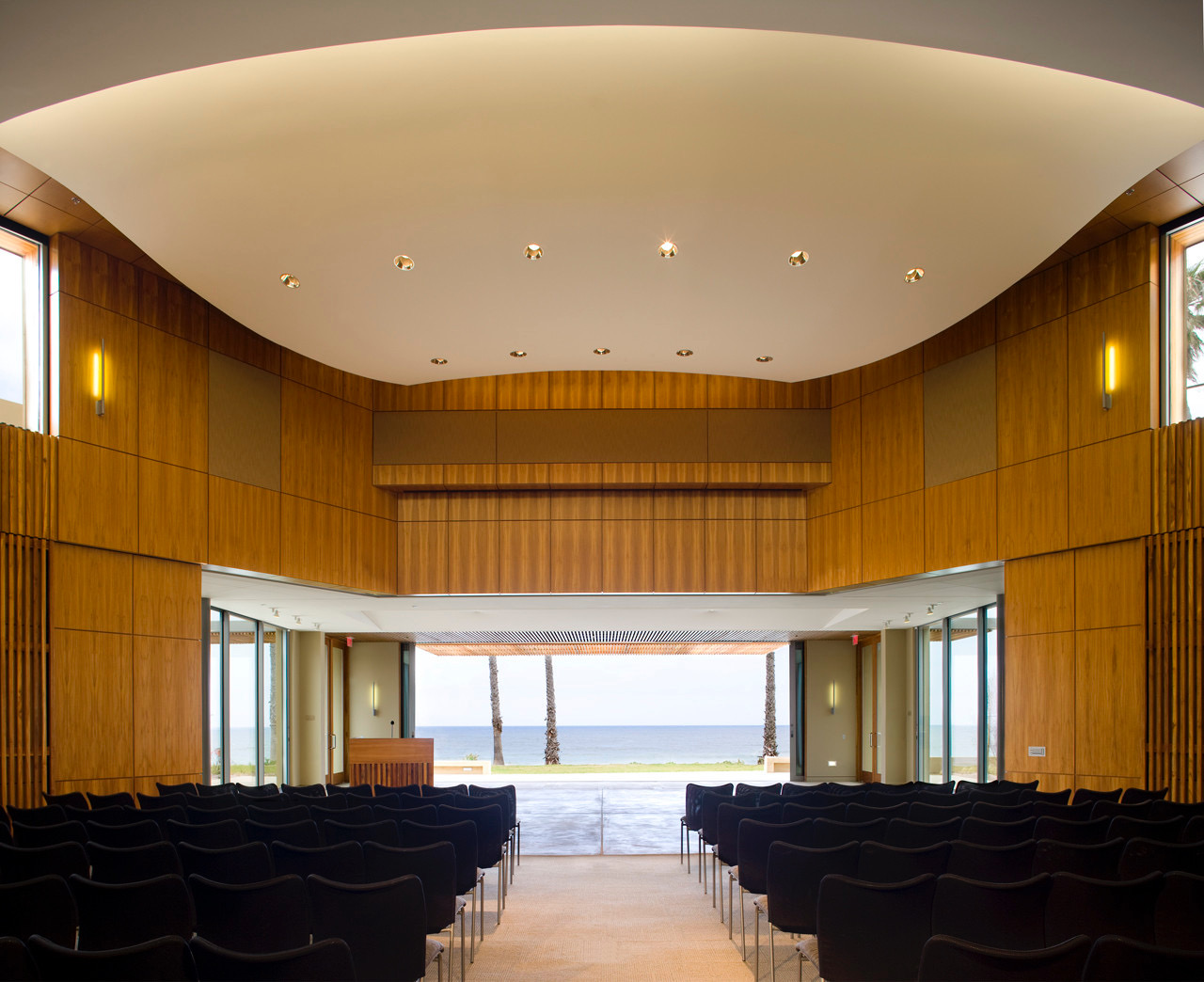
Institutional Seminar Series
Thursday, December 2
via Zoom (Link to be sent morning of)
10:00 a.m. Talks begin w/ Q&A
-------------------------
Lisa Zeigler - Influence of the MicroVirome on wild and engineered food webs
Recent advances in studying the dynamics of marine microbial and viral communities have led to emerging recognition that such communities are part of tightly connected networks. It has been estimated that each day 1028 viral infections occur in the world’s oceans releasing upwards of 109 tons of carbon from cellular organisms. Importantly, in their role as essential parasites, they are a major force in driving changes in host physiology and evolution that ultimately leads to genetic diversity within populations. Furthermore, viruses represent the largest reservoir of genetic diversity within the marine environment and are genomically progressive compared to their cellular counterparts, in that they can consist of all forms and combinations of DNA and RNA (ds and ss), making them unique molecular powerhouses. Genome-enabled microbial oceanography has significantly impacted marine microbial and viral ecology, providing extensive novel information regarding ubiquity, ecological niche, and biochemistry of significant phyla. Increasing evidence from efforts such as these indicate that viruses, bacteria, and protists help drive the biological response of coastal and pelagic ecosystems. Therefore, information about the MicroVirome has the power to become a useful ecological indicator for ecosystem status.
Grant Deane - Understanding the surprising role of ocean bubbles in weather and climate: From computer simulations to ocean simulators.
Abstract: The air-sea boundary covers 71% of Earth and exchanges across it play a critical role in weather and climate. Breaking waves on wind-driven seas entrain clouds of bubbles that enhance the exchange of CO2, influence cloud formation through the cloud drop and ice nucleation particles found in sea spray, and enhance planetary albedo. Despite their importance, little is known about the formation and behavior of bubbles in oceanic whitecaps because of the difficulties of field observations; studying whitecap bubbles in storms is both challenging and expensive. This talk will consider recent advances in our understanding of this complex topic and new tools developed to study bubbles and foam from breaking waves, including computer simulations, field studies, and the new Scripps Ocean Atmosphere Research Simulator (SOARS).




